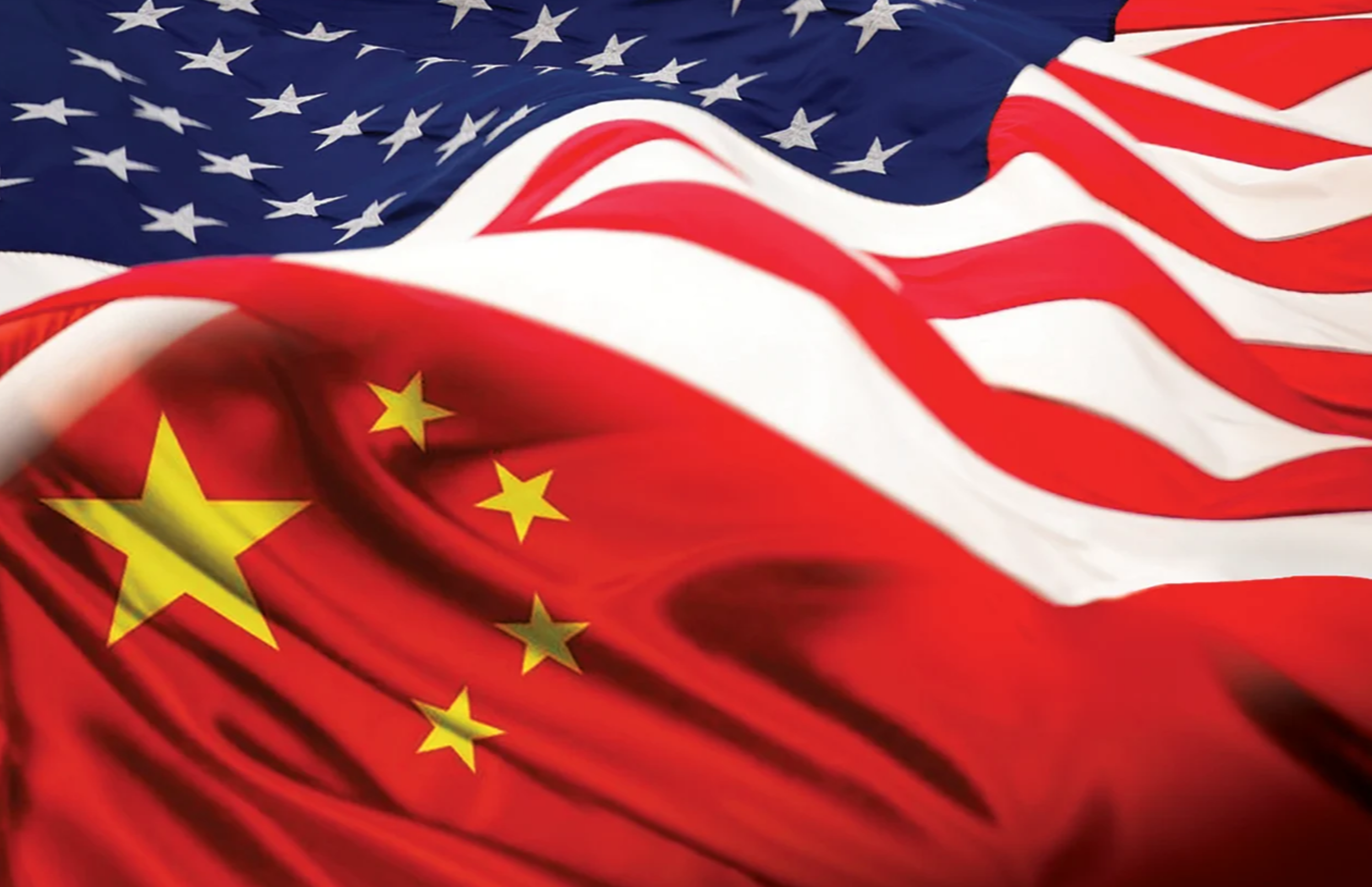USA imposes a 93.5% antidumping tariff on Chinese graphite imports
Opinion Pieces

25
Jul
2025
USA imposes a 93.5% antidumping tariff on Chinese graphite imports
The US Department of Commerce (DoC) has issued a preliminary determination to impose a 93.5% antidumping tariff on natural and synthetic graphite active anode material (AAM) imported from China.
The decision was incentivised by American AAM producers claiming that Chinese producers have suppressed the USA’s graphite industry by selling their material below market value. Additionally, in May 2025, the USA’s DoC announced a 6.55% preliminary countervailing duty on most Chinese graphite producers.
Final determinations for these investigations are expected by December 2025. When combined with existing tariffs, the total effective tariff on Chinese AAM could reach ~160%. This includes a 30% duty on Chinese imports from the Trump administration and a 25% Section 301 tariff by the US Trade Representative.
In 2024, the USA was the second-largest importer of both natural and synthetic graphite from China, the world's leading producer, making up 81% of its total imports. Despite efforts to localise AAM supply by providing funding to develop domestic projects and implementing the Inflation Reduction Act (IRA) for tax credits, most of this production is not expected to come online in the near term. The USA has one producer for AAM, Syrah’s Vidalia plant in Louisiana, which has a nameplate capacity of 11.25ktpy, but falls short of the USA’s domestic demand.
To meet current demand and diversify supply, US consumers have started to source alternatives outside of China. Based on trade data, the USA’s imports from Indonesia increased from 93t in 2024 to 5,000t in H1 2025 (gross), where this material was likely sourced from BTR’s 80ktpy synthetic AAM Morowali facility, which began commercial production in August 2024.
Other alternatives may include POSCO’s Sejong plant in South Korea and Falcon Energy Materials’ AAM project in Morocco. However, POSCO is already tied to existing offtake agreements, leaving limited capacity to meet US demand, while Falcon’s project remains in a feasibility phase and is only expected to begin in 2028.
Given the USA’s increased demand for AAM and China being the leading producer, the USA will likely still depend on Chinese imports in the short to medium term and face high tariff prices, carrying major cost implications for downstream industries.
.jpg)